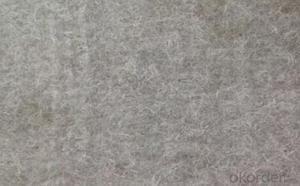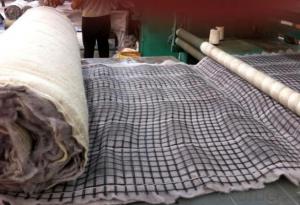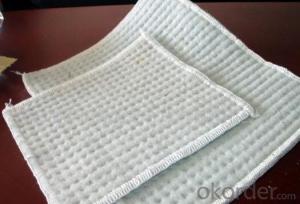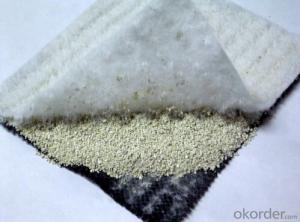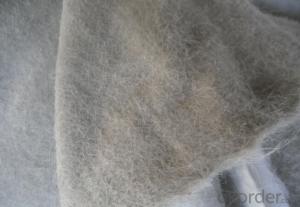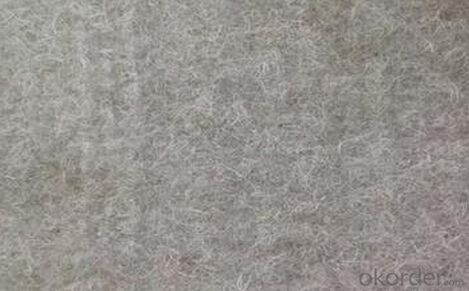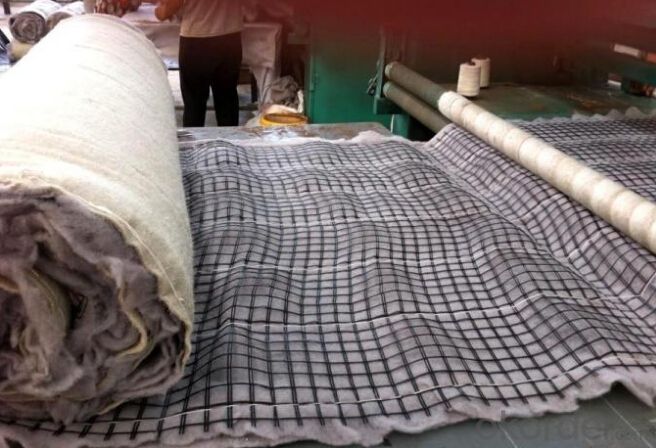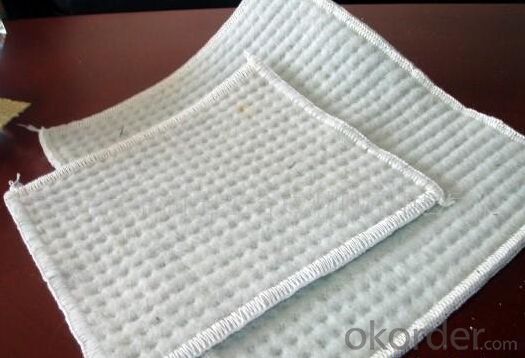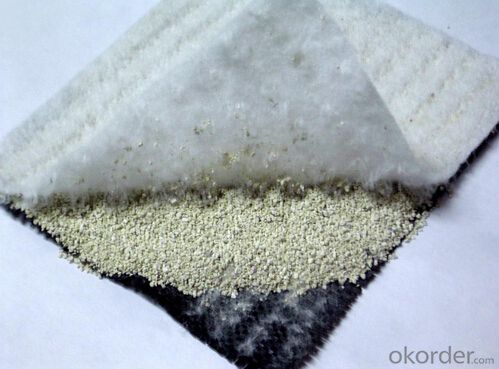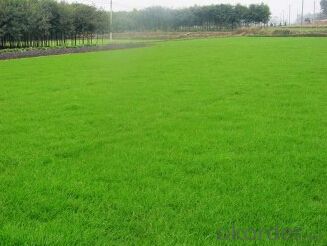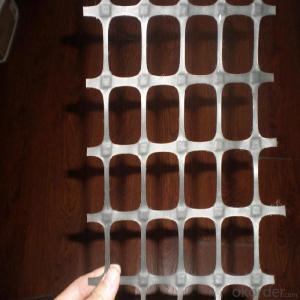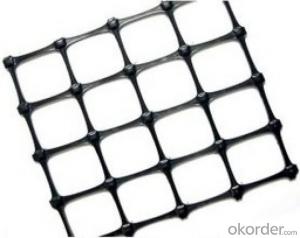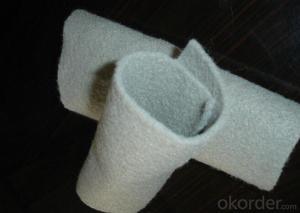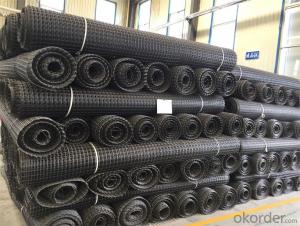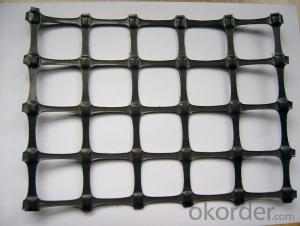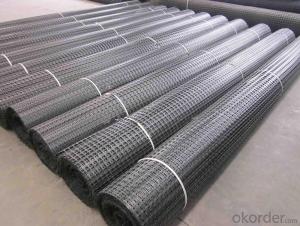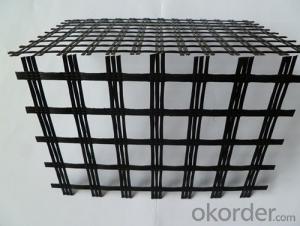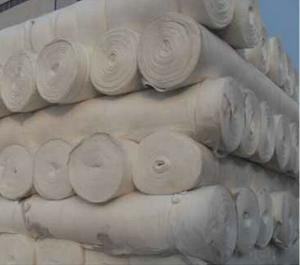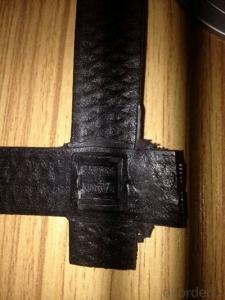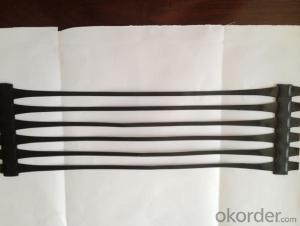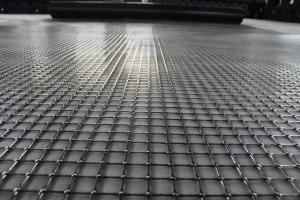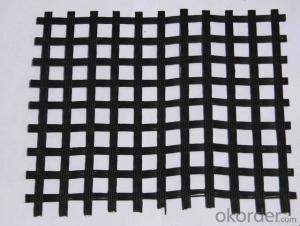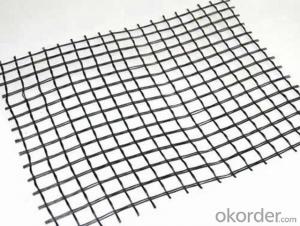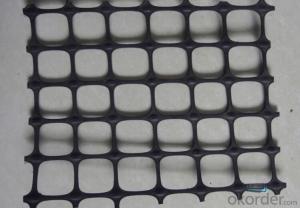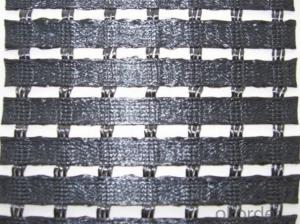Geogrids Fort McMurray Nutrition Geotextile for Greening Various Sizes
- Loading Port:
- Qingdao
- Payment Terms:
- TT OR LC
- Min Order Qty:
- 5000 m²
- Supply Capability:
- 2000000 m²/month
OKorder Service Pledge
OKorder Financial Service
You Might Also Like
Nutrition geotextile in water environmental engineering .
Specification:
1. It is specialized made for greening concrete
2. Provide nutrits for plants and keep moisture
3. Easy to construct
Product Feature:
1. Simple and fast construction
2. Achieve the greening effect quickly after construction
3. Due to the grass and composite fiber fabrics become into one integration, so it has the ability of certain degree of flow resistance for the water rising before the grass survive.
4. Composite fiber fabric is a continuous structure from slope top to slope toe, both ends are fixed, has high water flow resistance.
Technical Specification
5.0 m length and 1.05 m width. Reverse side all used filter material. Grass seeds: Bermuda grass (warm season grass), Bahia grass (warm season grass), Kentucky bluegrass (cold season grass), Tall fescue grass (cold season grass), Red fescue grass (cold season grass). Plant height: 0.1 ~ 0.5 m.
| NO. | Items | Specification | Notes | |||
| 1 | Total unit area weight g/sq.m | ≥380 | ||||
| 2 | dimension | width m | 1.0~2.0 | |||
| length m | as per user’s request | |||||
| 3 | Composite fiber fabrics | Material | Polyester Fiber | High strength PET | ||
| Unit area weight g/sq.m | ≥160 | |||||
| Mesh dimension mm | 8×8 | |||||
| Extension strengh kn/m | ≥11 | MD & CD | ||||
| 4 | Filtra layer | Material | Polyester non woven geotextile | |||
| Unit area weight g/sq.m | ≥40 | |||||
| 5 | Grass seeds, Fertilizer | Type | According to actual situation choose 3~5 grass seeds | |||
| Plant height m | 0.1~0.3 | |||||
| 6 | Fiber layer | Material | wood pulp cellulose | |||
| Unit areaweight g/sq.m | ≥15 | |||||
| 7 | flow resistance | ≥4 | not allow appear scour, suction and blanket turn-over etc. damage phenomenon | |||
| M/s | ||||||
| 8 | Anti-UV strengh conservation rate % | 65~80 | 3000hrs Continuously exposure 3000hrs | |||
| 9 | Supporting spare parts | ABS fastening nail | Material | ABS Resin | Fixed between two blankets by length direction | |
| Fiber diameter mm | 35 | |||||
| Nail length mm | 325 | |||||
| Lnail | Material | Steel wire (content 10% zinc-aluminium alloy) | Used to fix single blanket | |||
| Fiber diameter mm | 4 | |||||
| Nail length mm | 200 | |||||
| ABS connecting nail | Material | ABS Resin | Used in the slope between the two blankets ( width direction) | |||
| Nail length mm | 38 | |||||
| Connecting fiber | Material | High strength Polypropylene | Used in the slope between the two blankets ( width direction) | |||
| Length mm | Cut as per request | |||||
APPLICATION:
Generally laid on the river channel, slope protection etc. slope revetment projects, to control the water erosion, soil loss, meantime can reach the effect of slope ecological restoration and landscape greening, making river back to natural.
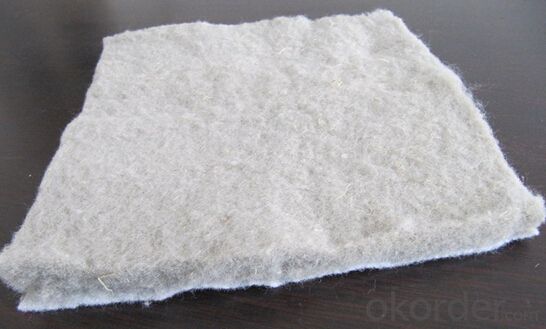
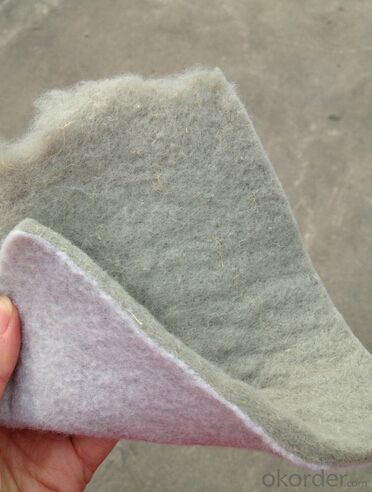
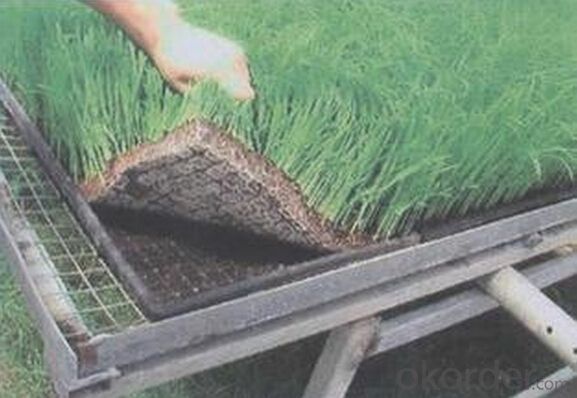

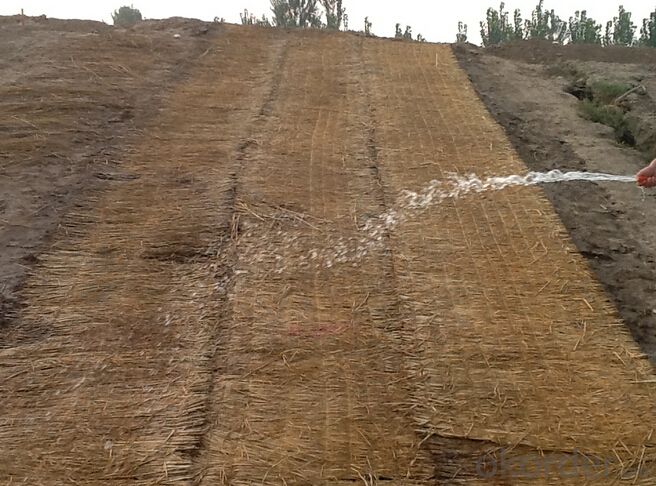
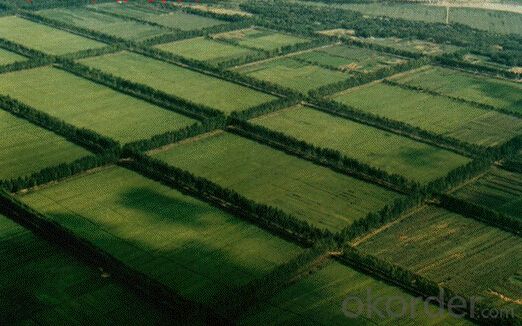
- Q: Can geogrids be used in reinforcement of geosynthetic clay liners?
- Yes, geogrids can be used in the reinforcement of geosynthetic clay liners. Geogrids are commonly used to enhance the tensile strength and stability of geosynthetic clay liners, thereby improving their performance in various applications such as landfill liners, pond liners, and slope stabilization. The geogrids are typically placed between layers of geosynthetic clay liners to provide additional reinforcement and prevent potential failure modes such as lateral sliding and slope instability.
- Q: The tensile strength of a steel bar is about the number of cattle per square millimeter per square millimeter. The tensile strength of Gsa's cattle per meter, understand the carrying capacity of tensile Gsa every one meter in width is the number of cattle (considering Gsa gap), or single Gsa every one meter in length tensile capacity is the number of cattle (the size effect of Gsa does not consider the length direction). Please advise!
- The tensile strength of geogrid is most units per meter number kn, because the steel mesh size is uncertain, unlike the types of glass fiber grid less, as long as know what type of glass fiber yarn will be able to know what is the tension
- Q: Can geogrids be used in reinforcement of rock slopes?
- Yes, geogrids can be used in the reinforcement of rock slopes. Geogrids are commonly used to stabilize and reinforce soil slopes, but they can also be effective in reinforcing rock slopes. By providing additional tensile strength, geogrids can help prevent slope failure and improve the stability and durability of rock slopes.
- Q: How do geogrids enhance the performance of geocells?
- Geogrids enhance the performance of geocells by providing additional tensile strength and stability to the system. They help distribute loads more evenly, reducing the risk of deformation and improving overall load-bearing capacity. Geogrids also increase the confinement effect of the geocells, preventing soil and aggregate from shifting and improving overall stability.
- Q: How do geogrids improve the performance of geocell-reinforced slopes for erosion control?
- Geogrids improve the performance of geocell-reinforced slopes for erosion control by providing additional strength and stability. They help distribute the load evenly across the slope, preventing soil movement and reducing erosion. Additionally, geogrids increase the frictional resistance between soil layers, enhancing the overall slope stability and preventing soil slippage.
- Q: What are the types of geogrid, respectively, what role?
- Glass fiber geogrid features:The product has the characteristics of high strength, low elongation, high temperature resistance, high modulus, light weight, good toughness, corrosion resistance, long service life, can be widely used in the old cement pavement and airport runway maintenance, dams, river, slope protection, bridge pavement engineering field enhancement processing, can give the pavement reinforcement and reinforcement to prevent rutting, fatigue crack of pavement, hot and cold crack and the expansion of reflection crack, and can disperse the bearing capacity of pavement and prolong the service life of the pavement, high tensile strength and low elongation, no long-term creep, high physical and chemical stability, thermal stability, fatigue cracking, rutting resistance, cracking resistance at low temperature delay, reduce the reflection crack.
- Q: What is the recommended geogrid aperture size?
- The recommended geogrid aperture size depends on various factors such as the specific application, soil conditions, and engineering requirements. It is best to consult with a geotechnical engineer or a specialist in geogrid design to determine the appropriate aperture size for a particular project.
- Q: Can geogrids be used in reinforcement of soil-bentonite mixtures?
- Yes, geogrids can be used in the reinforcement of soil-bentonite mixtures. Geogrids are commonly used as a geosynthetic material to enhance the stability and strength of soil and other materials. When combined with soil-bentonite mixtures, geogrids can improve the overall performance and load-bearing capacity of the mixture. The geogrids provide reinforcement and prevent the potential failure or deformation of the soil-bentonite mixture, making it a suitable option for various engineering applications.
- Q: Are geogrids suitable for use in ground reinforcement for agricultural facilities?
- Yes, geogrids are suitable for use in ground reinforcement for agricultural facilities. Geogrids provide effective soil stabilization, erosion control, and load-bearing capabilities, making them ideal for reinforcing agricultural areas such as access roads, parking lots, and storage areas. They help distribute the load evenly, prevent soil compaction, and improve overall drainage, resulting in increased durability and longevity of the facilities.
- Q: How do geogrids improve the load distribution in pavements?
- Geogrids improve the load distribution in pavements by distributing the applied load over a larger area, reducing the stress on the pavement structure. They act as a reinforcement material, enhancing the pavement's stability, strength, and overall performance. By interlocking with the surrounding soil or aggregate, geogrids increase the confinement and lateral restraint, preventing the lateral movement of materials. This helps to minimize the development of cracks, rutting, and deformation, ultimately extending the lifespan of the pavement.
Send your message to us
Geogrids Fort McMurray Nutrition Geotextile for Greening Various Sizes
- Loading Port:
- Qingdao
- Payment Terms:
- TT OR LC
- Min Order Qty:
- 5000 m²
- Supply Capability:
- 2000000 m²/month
OKorder Service Pledge
OKorder Financial Service
Similar products
Hot products
Hot Searches
Related keywords
